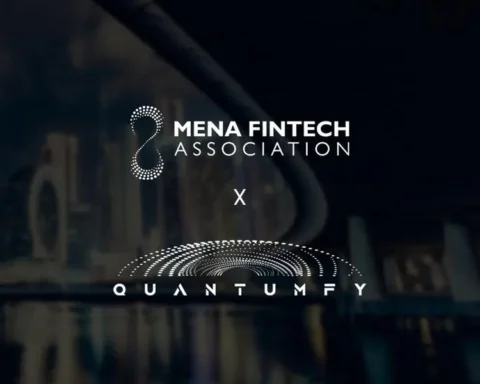FinaMaze Metaverse Smartfolio bundles stocks of the companies leading the way in the Metaverse. Among them are familiar tech names, video game publishers, software developers, entertainment industries and infrastructure and hardware manufacturers. The Metaverse Smartfolio includes for good measure a controlled exposure to a crypto exchange and to Ethereum, the cryptocurrency that serves as the basis for virtual reality blockchain platforms such as Decentralan and Sandbox, allowing users to purchase, build and monetize virtual reality applications.
Metaverse is deemed to become the future of the internet, the next frontier of technology, already fuelling the improvement of the hardware (smartphones, glasses, VR headsets), the development of faster cloud services, larger processing capacity and wider bandwidth.
“The Metaverse, the virtual world, is already a “reality”, says Mehdi Fichtali, CEO and Founder of FinaMaze.
Tech giant Microsoft’s Teams is embracing the movement with the development of Mesh. Video Game publishers Roblox, Electronic Arts, Unity Software are developing three-dimensional content. Graphic card and chip manufacturer Nvidia launched Omniverse, an open platform for virtual collaboration and real-time physically accurate simulation. But the ultimate recognition came from the rebranding of the tech heavy-weight Facebook’s into Meta Platforms along with a $10-billion investment to develop products supporting augmented and virtual reality.
“The Metaverse is born, and major companies, such as JP Morgan, Walmart, Verizon and Adidas, are setting foot on it, in a way or another. But the adoption will certainly not be a straight line or happening overnight. Nor will the stock market performance journey”, adds Mehdi.
FinaMaze Metaverse smartfolio diversifies across over a dozen securities, spreading the risk among different sectors and automatically rebalancing the allocation to remain in line with each investor’s unique risk profile.
FinaMaze launches the Metaverse smartfolio as not all investors have the time and the expertise to conduct exhaustive and exhausting research on each market theme and build a carefully chosen selection of securities to translate the exposure they desire.
“And they neither want to be glued to their smartphone, constantly checking on their portfolio. Attracted by our dedicated risk controls, several investors are actually migrating to FinaMaze, which automatically rebalances each portfolio to remain in line with each investor’s personal risk appetite. This was all the more welcomed as the year started with Nasdaq’s negative -12% year-to-date performance. In this context, only Metaverse-related securities that have already been “corrected” by the market have been added to the smartfolio, to ensure an entry point appreciably below recent all-time highs.”
One of the most innovative and protective feature is the “Metaverse vs Market” version that allows market-pessimistic but metaverse-optimistic investors to capture the relative performance of the Metaverse-related securities over the market: if Metaverse securities indeed fall but in proportions less than the market, the “Metaverse vs Market” performance will then deliver the favorable difference.
FinaMaze investors have access to over 30 ready-to-invest thematic smartfolios, built thanks to the heavy lifting of FinaMaze investment committee experts, with the help of the computational power of AI and automated algorithms. Investment starts from $2,000 and investors can access tools and charts to track their own smartfolios real-time performance, put Take Profit and Stop Loss at the level of each smartfolio and exit, for free, on a daily basis.
The launch of the FinaMaze Metaverse Smartfolio is set to coincide with the opening of Dubai’s Museum of the Future, resonating with the vision of UAE’s leadership and residents, who want to live the future today.


















